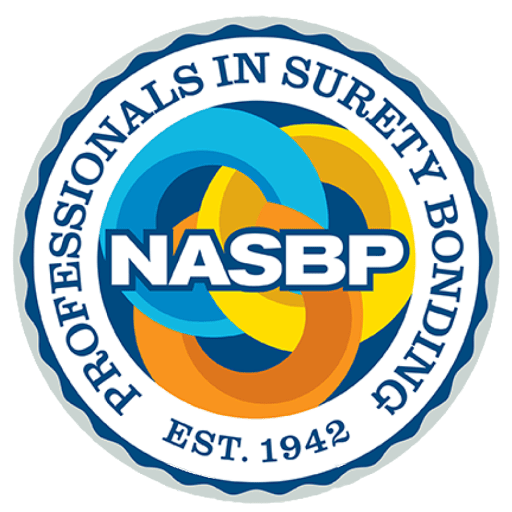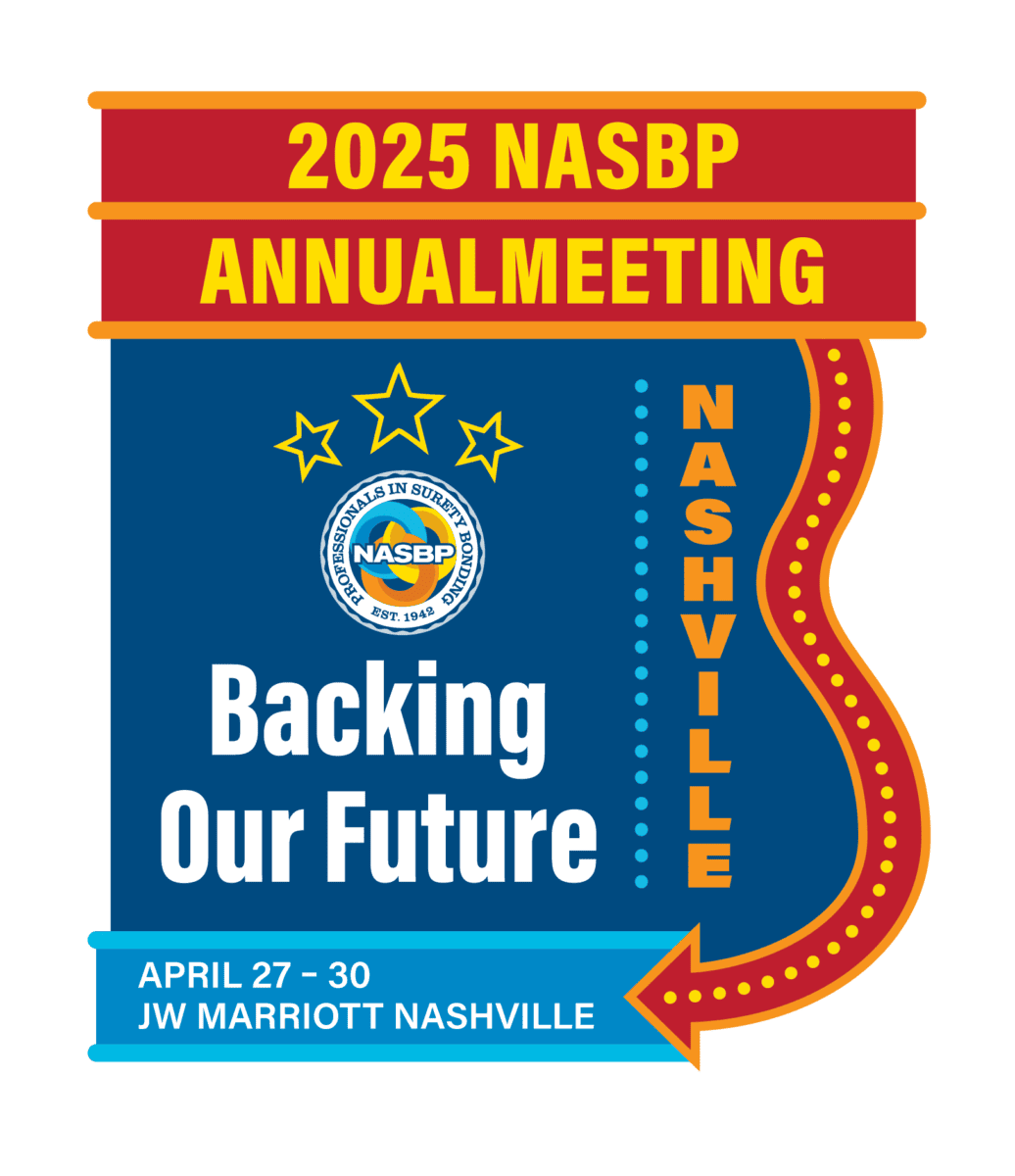 This week all eyes were on the U.S. House of Representatives, which began the week considering the infrastructure bill, H.R. 3684, the INVEST in America Act, which passed the U.S. Senate 69-30. The infrastructure bill calls for $1.2 trillion, which includes $550 billion dedicated to new spending on roads, bridges, rail, broadband, water, and upgrades to the nation’s electric grid. Included in the bipartisan bill is a provision supported by the surety industry to require payment and performance security on all federally financed infrastructure projects receiving loans and grants under the Transportation Infrastructure Finance and Innovation Act (TIFIA), including public-private projects (P3s).
This week all eyes were on the U.S. House of Representatives, which began the week considering the infrastructure bill, H.R. 3684, the INVEST in America Act, which passed the U.S. Senate 69-30. The infrastructure bill calls for $1.2 trillion, which includes $550 billion dedicated to new spending on roads, bridges, rail, broadband, water, and upgrades to the nation’s electric grid. Included in the bipartisan bill is a provision supported by the surety industry to require payment and performance security on all federally financed infrastructure projects receiving loans and grants under the Transportation Infrastructure Finance and Innovation Act (TIFIA), including public-private projects (P3s).
As previously reported in the NASBP Focal Point e-bulletin, Speaker of the House Nancy Pelosi (D-CA) was firmly committed to not allowing the Senate bipartisan infrastructure bill to proceed without including the budget reconciliation bill. However, a group of moderate House Democrats, led by Rep. Josh Gottheimer (D-NJ-5th), threatened not to support the Speaker’s tandem legislative strategy. At the beginning of the week, the $64,000-dollar question was: Will these handful of centrist Democrats be able to mount enough pressure on the Speaker to force her to capitulate on her commitment to run both bills concurrently? Based upon yesterday’s vote count in the House, the answer was “NO” as the House voted 220-212 to approve a $3.5 trillion budget resolution (S.Con. Res.14). Passage allows Democrats to use reconciliation to enact their priorities for social programs and climate policy without Republican support in the Senate. The Senate previously passed Res.14, 50-49. In order to assuage House moderates for their support, Speaker Pelosi committed to calling for a vote on the infrastructure bill, (H.R. 3684) by September 27. However, this is only the beginning of the process. Senate Majority Leader Chuck Schumer and Speaker Pelosi will need support from their entire caucus to ensure passage of both bills. This will be no small task given the recent dissent among Democrats. Time may also be a factor as congressional committees responsible for tax and budgetary matters must have completed their work by September 15 in accordance with the Budget Resolution. As a reminder, NASBP CEO Mark McCallum and Director of Government Relations Larry LeClair will present a session titled, “Infrastructure Advocacy: What NASBP Is Doing to Make This Happen,” at the NASBP Fall Meetings.
 Bill Stipulates Creation of New Grant Funding Agency
Bill Stipulates Creation of New Grant Funding Agency
A provision in the 2,700-plus page Senate Infrastructure Bill, which has garnered little attention in the news, creates a new agency in the U.S. Department of Transportation, known as the Advanced Research Projects Agency for Infrastructure (ARPA-I). Located in Section 25012 of the Senate bill, ARPA-I provides grant funding to states, localities, universities, the private sector, and trade or industry research foundations dedicated to research and development projects aimed at reducing costs of the construction and maintenance of roads, bridges, and mass transit, while lowering the environmental impacts of these related projects.
The ARPA-I was endorsed by U.S. Secretary of Transportation Pete Buttigieg, and he supported the inclusion of the ARPA-I language in the infrastructure bill. The Biden Administration plans to use ARPA-I as a model in other federal agencies, such as the U.S. Department of Health and Human Services, to establish a health-focused ARPA-H dedicated to innovative health research focusing on breakthroughs in cancer, Alzheimer’s, and diabetes. It is not an entirely new model. In fact, the ARPA was created in 1958 with the objective of providing technology research for the military in order make advancements in space explorations after the Soviet Union launched Sputnik. Also, the Bush Administration created a similar version at the U.S. Energy Department, which the Obama Administration funded, to create innovative solutions to address the nation’s energy problems.
Get Important Surety Industry News & Info
Keep up with the latest industry news and NASBP programs, events, and activities by subscribing to NASBP Smartbrief.




